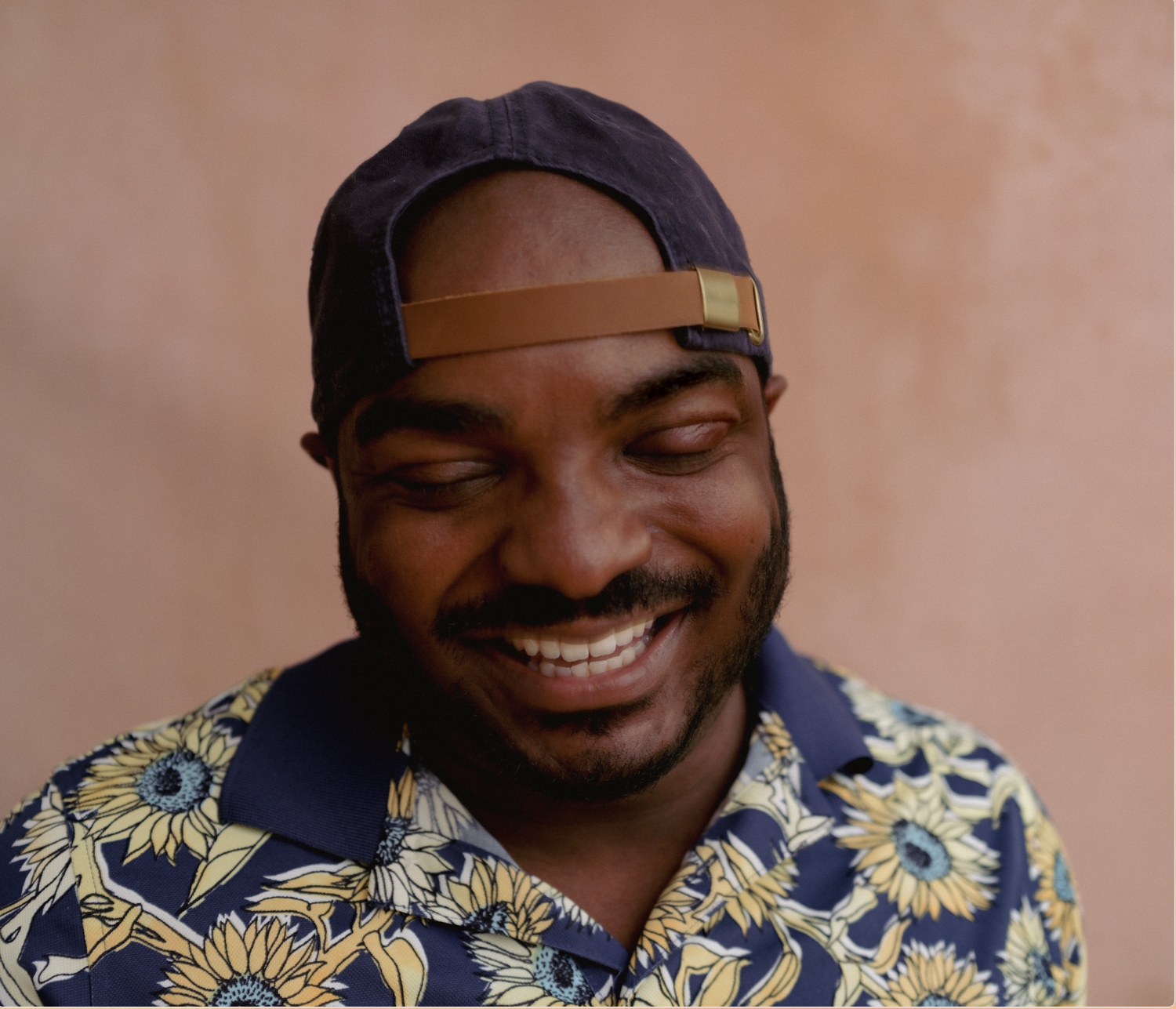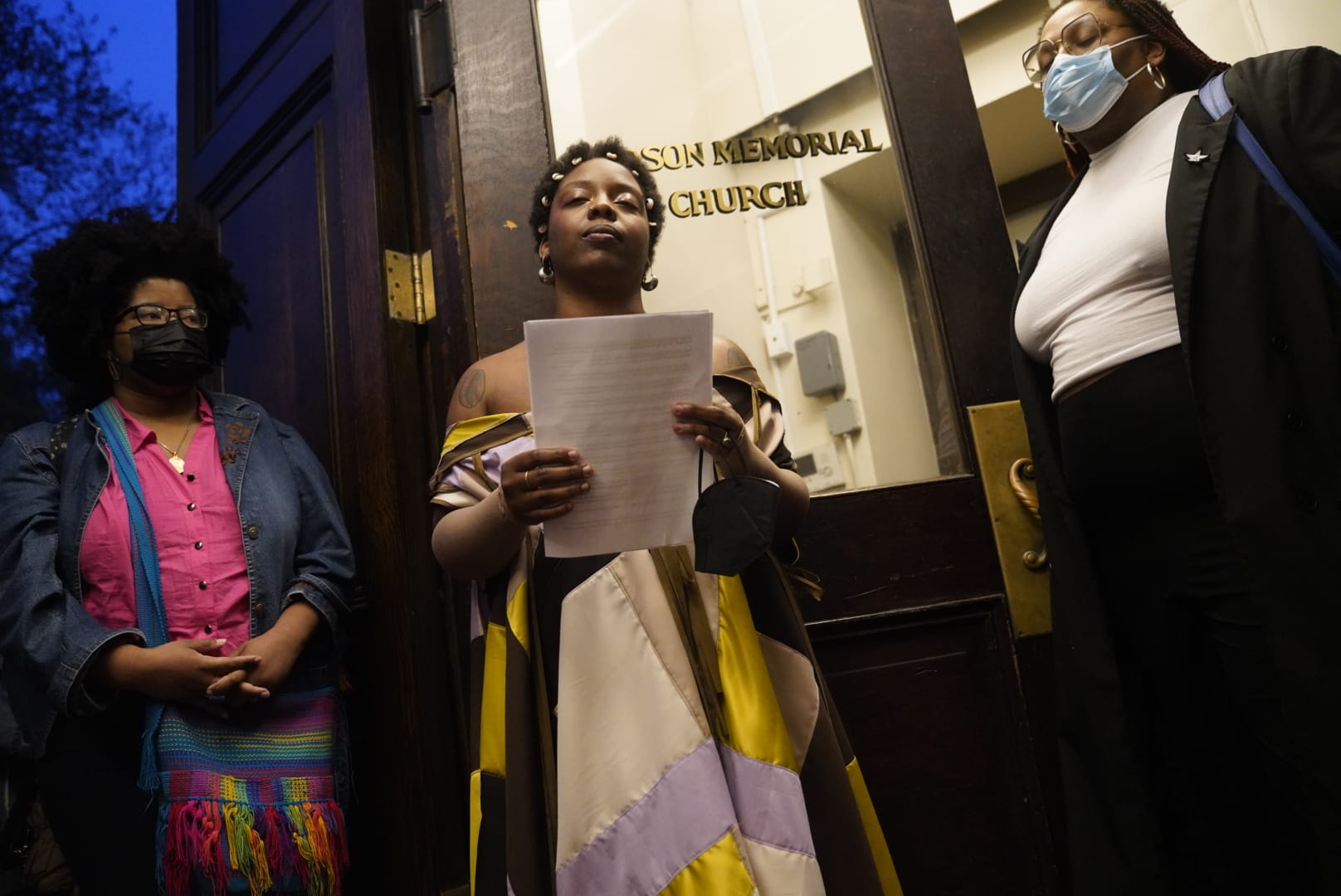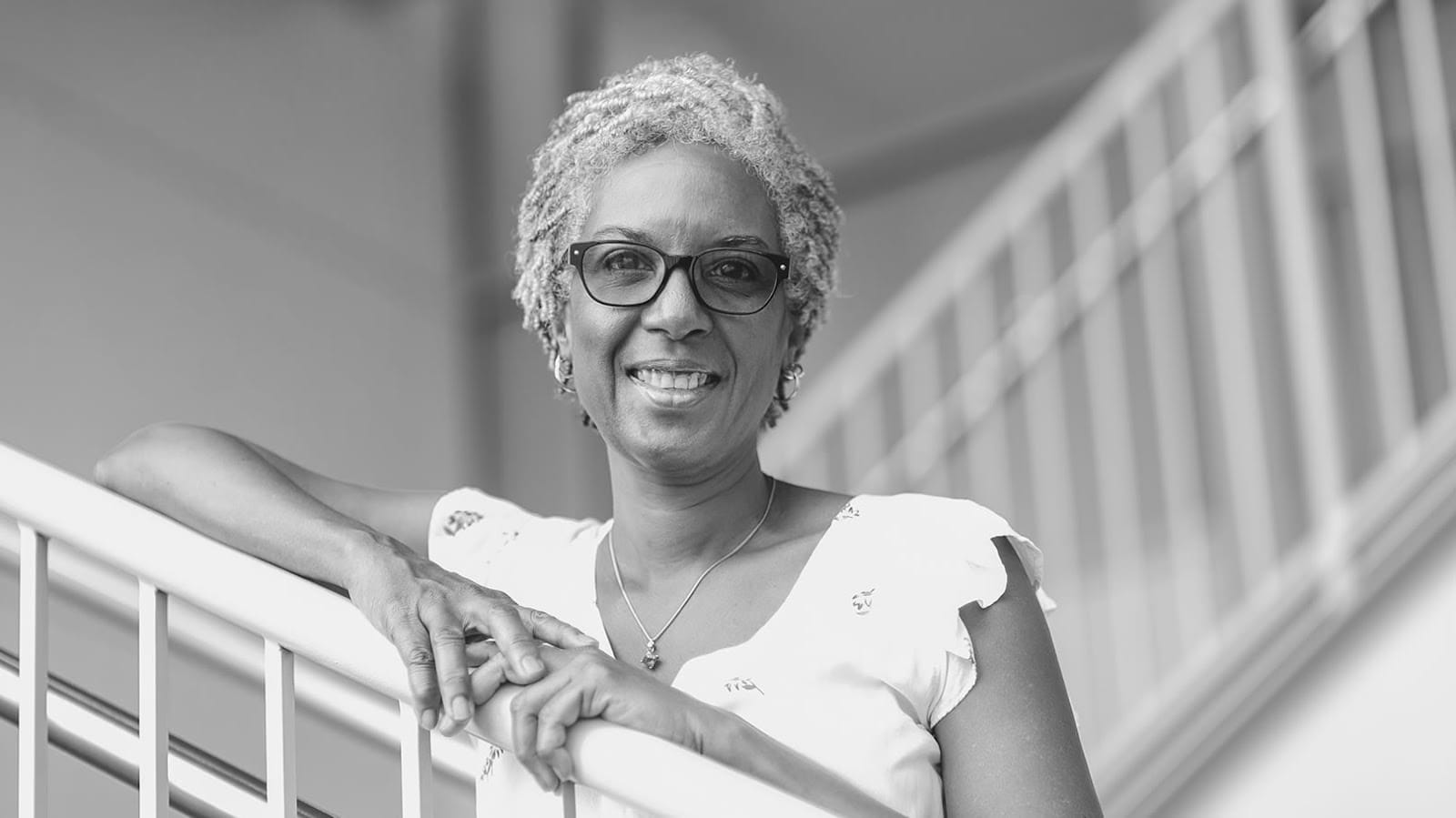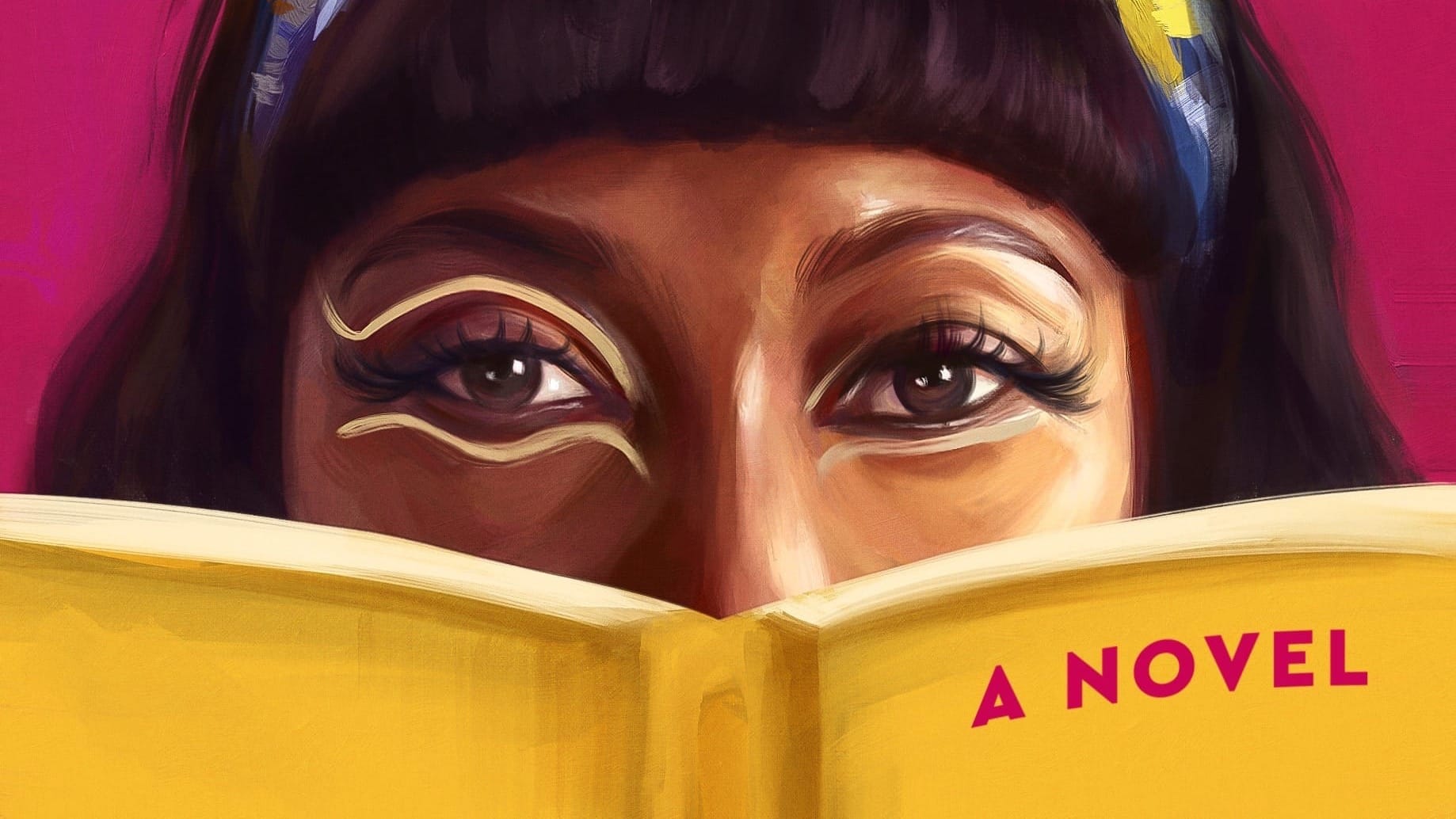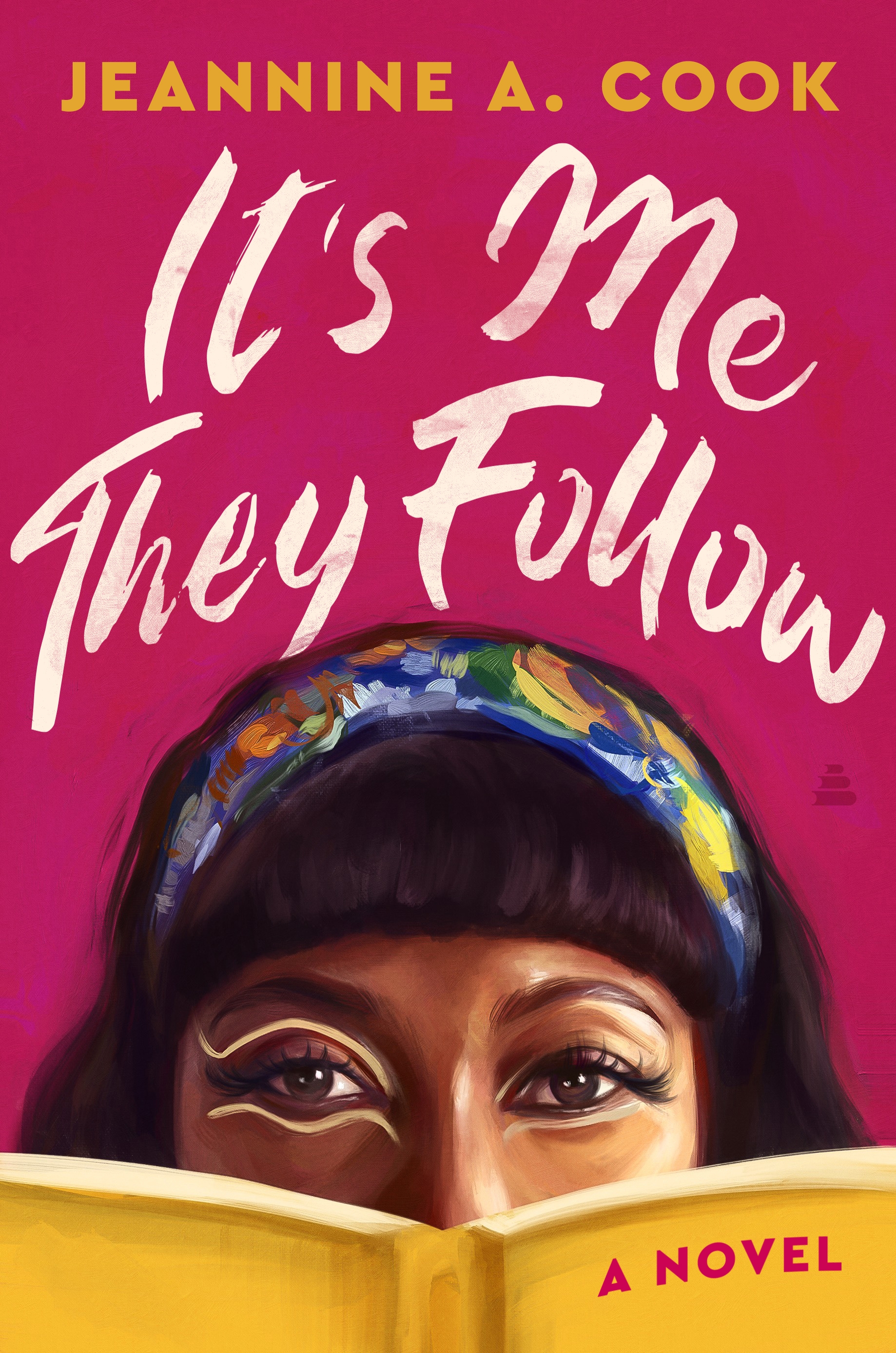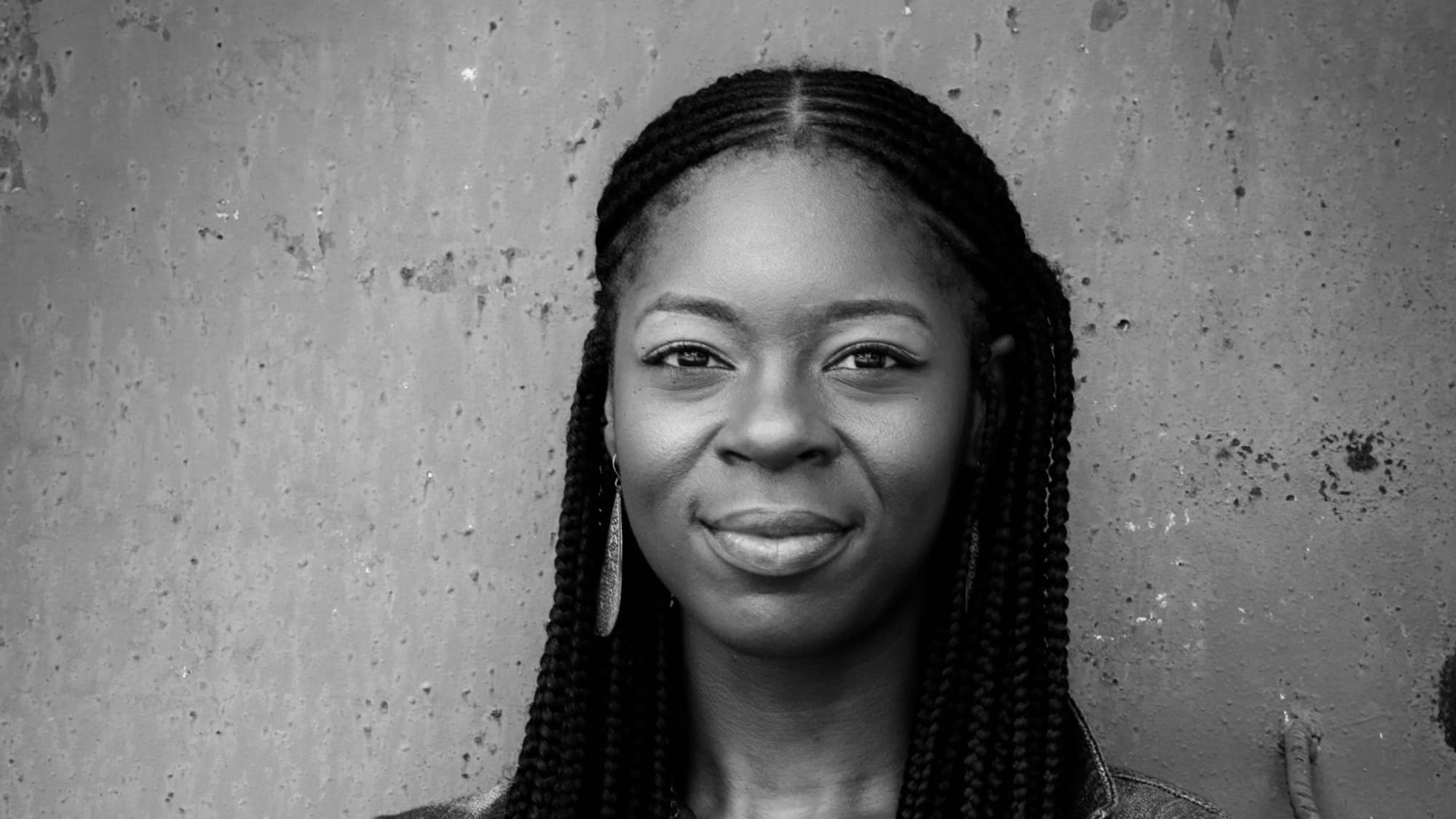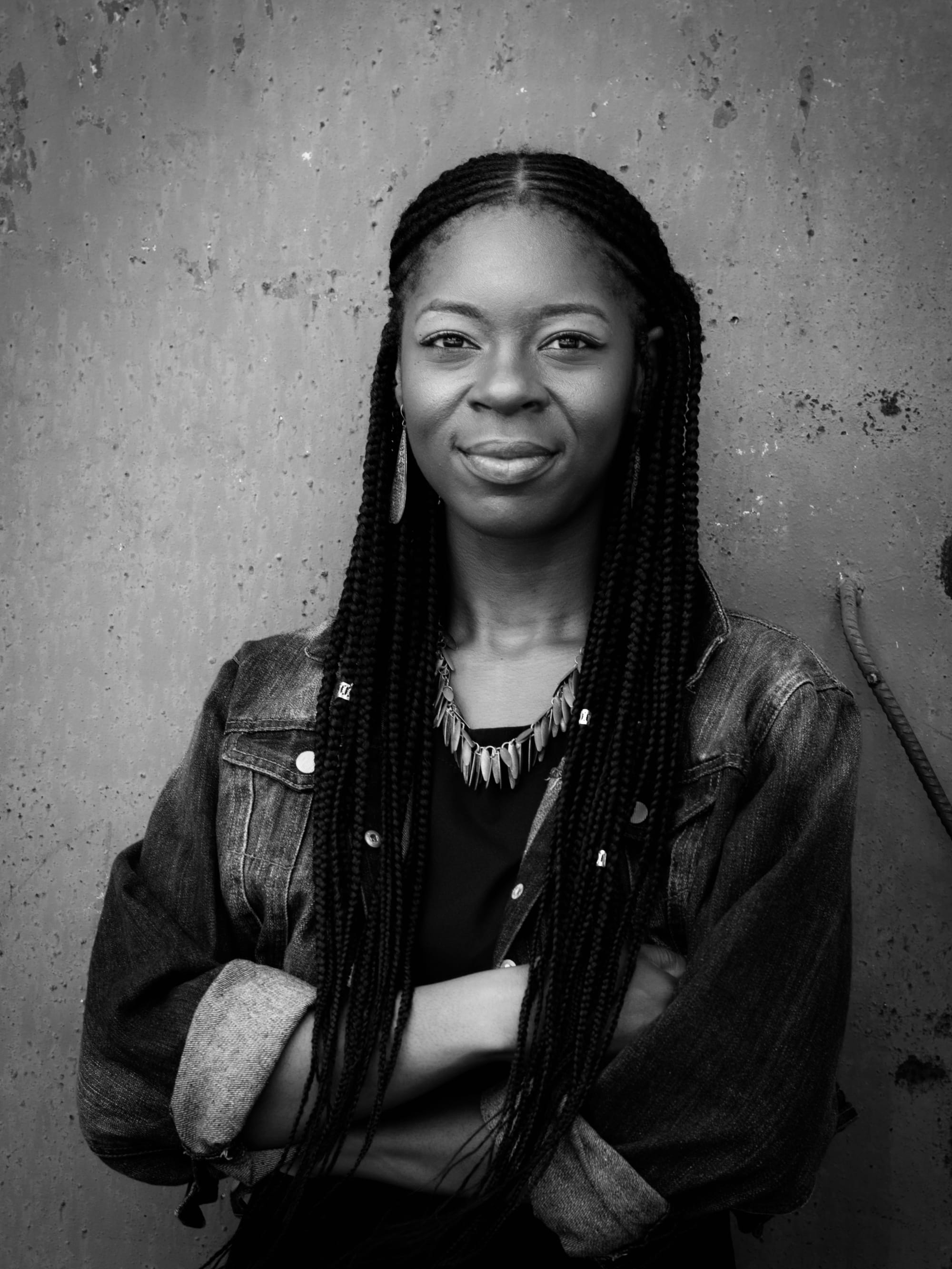Robert Carter Is Centering Black Possibility—One Image at a Time
When Robert Carter picks up a camera, it’s not just to document—it’s to imagine. To expand. To conjure Black possibility into something tangible.
When Robert Carter picks up a camera, it’s not just to document—it’s to imagine. To expand. To conjure Black possibility into something tangible. The Philly-based photographer, educator, and curator creates work that is soft yet powerful, rooted in care and fueled by a desire to see his people thriving in full color.
“I think of myself as a possibility expander,” he says. “I want people to feel seen, but also like they can be whoever they want to be.” That intention echoes through every image Carter makes.
His portraits don’t just capture subjects—they hold them. Whether the backdrop is a backyard, a studio, or a repurposed corner of Philly’s ever-shifting landscape, Carter’s camera becomes a site of transformation.
Carter doesn’t shoot to chase perfection. He shoots to find truth. He leans into softness, into vulnerability, into the quiet but radical act of showing Black people with tenderness and pride. “I’m interested in interiority,” he says. “Not just what we look like on the outside, but what we feel like. What we dream of. What we carry.”
Born and raised in the suburbs of Maryland, Carter is the oldest of three. He grew up watching more than speaking—taking in movement, light, the subtle ways people hold emotion in their bodies. “I’ve always been a watcher,” he says. That quiet observation became a kind of muscle memory. By the time he moved to Philly for art school, he was already thinking critically about representation—who gets seen, how they’re seen, and who’s behind the lens making those decisions.
Philly gave Carter room to stretch. As he navigated institutions and grassroots spaces, he began curating his own projects, blending photography with storytelling, sound, and style. “I didn’t want to wait for someone to give me permission to create what I knew needed to exist,” he says. That hunger to create space—not just for himself, but for his community—led to Black Boy Blue, a multidisciplinary exhibition and platform spotlighting Black male-identifying creatives. The first installment, back in 2019, brought together live music, fashion, photo essays, and a public conversation about Black masculinity. It was tender, vibrant, affirming—and it hit a nerve.
“It felt like something the community was hungry for,” Carter says. “Not just an art show, but a mirror. A space to exhale.” Even during the height of the pandemic, he kept the momentum going through virtual events and digital showcases. A second volume is on the horizon, but he’s not rushing. “When it comes, it’ll be right.”
That same spirit of intentionality threads through Carter’s work as an educator. As a program manager at Mural Arts Philadelphia, he helps integrate arts education into local classrooms— creating entry points for youth to tap into their own creative voices. “I love seeing young people light up when they realize they can tell their own stories,” he says. “Especially Black and brown youth, queer youth—kids who don’t always see themselves reflected in art institutions.”
Working with students has shifted his own creative rhythm. “They remind me why I do this,” he says. “They don’t care about your Instagram following. They care if you show up for them. If you’re real.” Carter shows up. Whether mentoring young artists, leading workshops, or curating exhibitions, he holds space with grace. He’s not in it for the clout—he’s in it for the connections.
“Art is a tool, but it’s also a language. A way of saying: I see you. You matter.”
That connection to education and empowerment led to Carter receiving the Mural Arts Black Artist Fellowship in 2021, where he joined a cohort of local changemakers focused on equity, imagination, and the role of art in social transformation. “That experience reminded me that I’m not doing this work alone,” he says. “There’s a whole ecosystem of us, building something bigger.”
His work has been exhibited locally and nationally, but it always comes back to Philly—to the streets and stoops and sunsets that shape his aesthetic. You can see the city in the textures of his portraits, the colors he chooses, the grounded yet ethereal mood that lingers in his compositions.
“Philly’s a tough city, but it’s also so rich—visually, culturally, spiritually,” he says. “It pushes you. It teaches you how to move.” But if you ask Carter what keeps him grounded, it’s not accolades or social media buzz. It’s intention. Slowness. Wellness. “The industry tells us to hustle, hustle, hustle,” he says. “But what if your work actually got better when you slowed down?” He sees beauty as a survival tactic. Art as a way of offering—not just imagery, but care. “Like how certain flowers evolved to attract pollinators—there’s something radical about showing up in full color.”
These days, Carter is deep in the dream phase: sketching, writing, visioning. Working on new photo essays. Planning the next iteration of Black Boy Blue. Supporting youth and peers alike. It’s all part of his long game—crafting a creative life rooted in purpose, sustainability, and love. His advice for emerging artists? “Find your why. Learn the craft. Learn yourself. And don’t be afraid to take up space.”
In a city that’s always in motion, Robert Carter is reminding us to pause. To look closely. To trust slowness. And to believe that imagining something better is a form of power.
